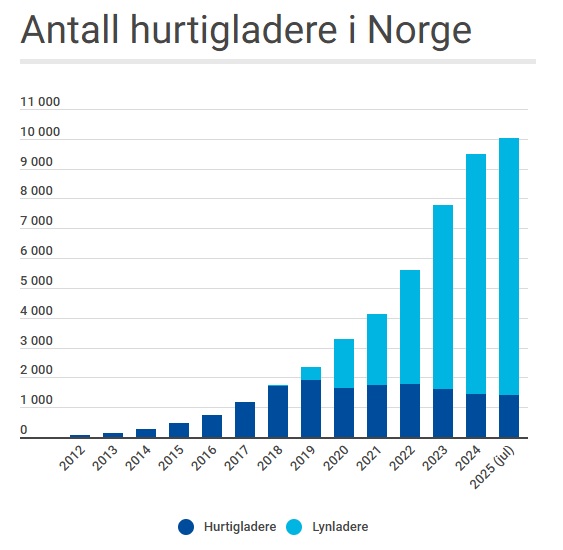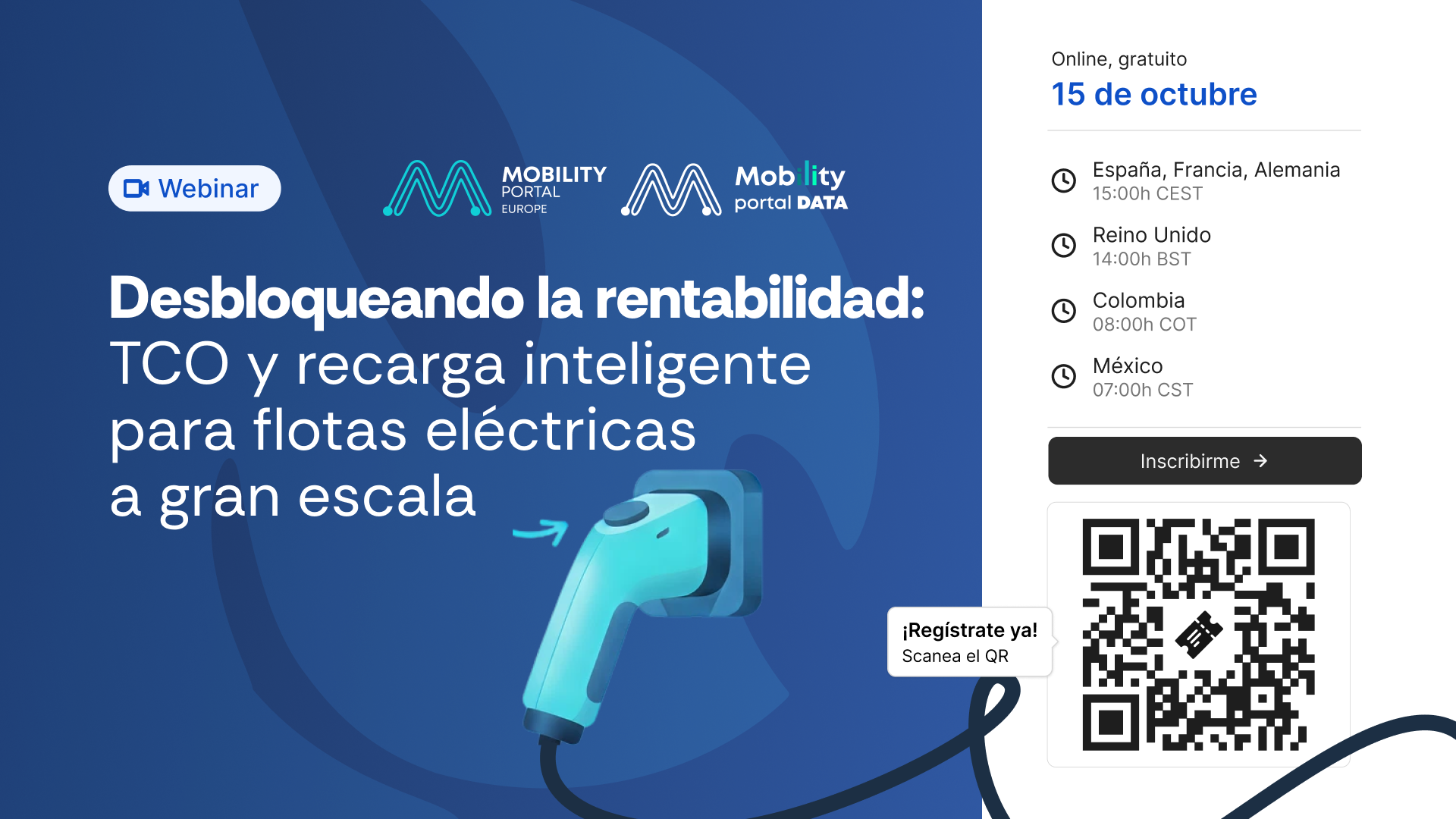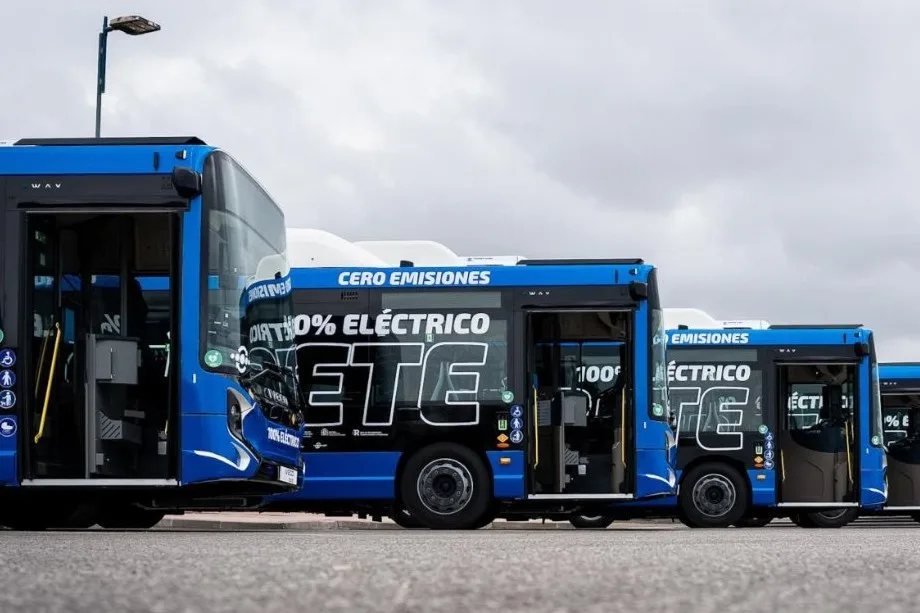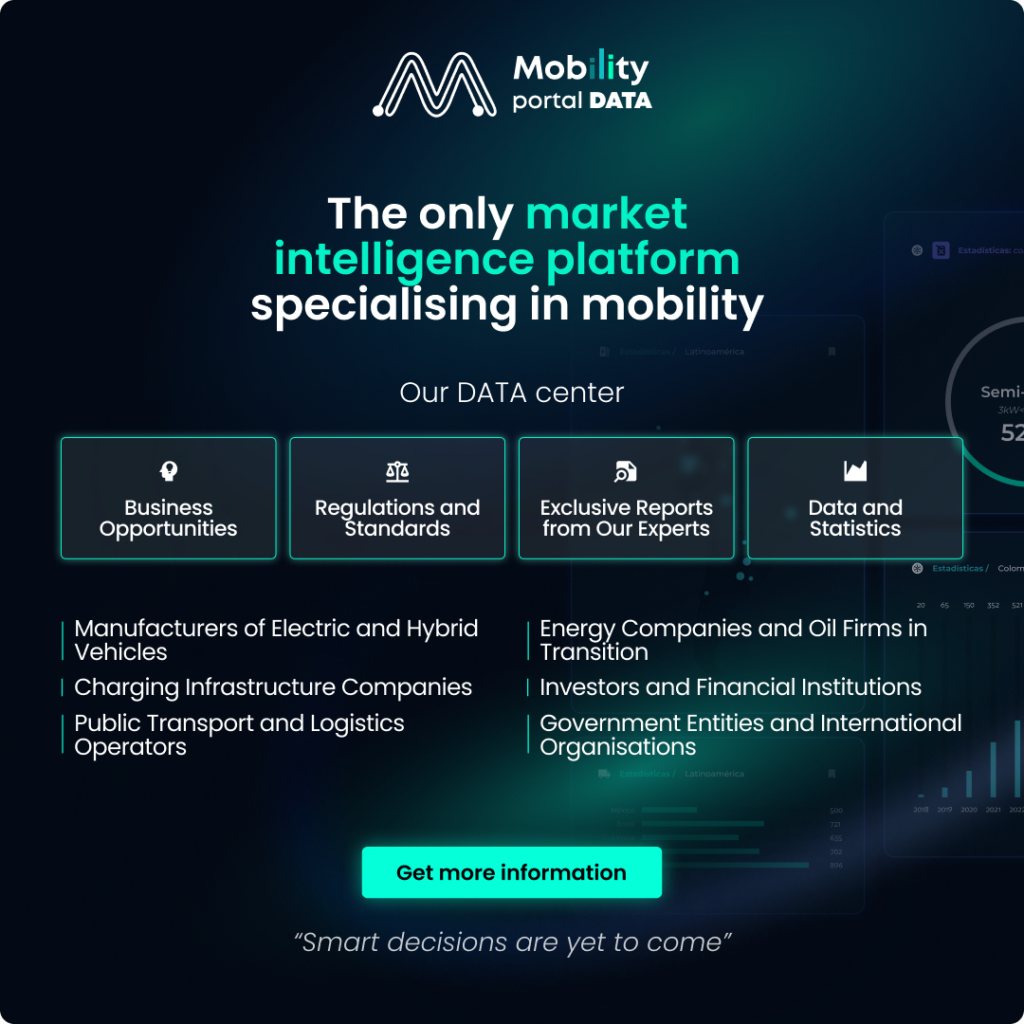This week, Norway reached a new electric milestone with over 10,000 fast chargers spread across the country.
As of now, there are exactly 10,024 fast chargers nationwide.
The figures come from the NOBIL database, which is managed by the Norwegian EV Association on behalf of Enova.
As recently as October last year, the Association reported the number at 9,000 – meaning the last 1,000 fast chargers have been added in just the past nine months.

This milestone comes in the same year that Norway celebrates its 2025 target – that all new cars sold should be zero-emission vehicles.
“It’s both a symbolic and real victory that we’ve hit these two milestones at the same time. If everyone is to choose electric, it must be just as easy to charge in the north as in the south,” says Christina Bu, Secretary General of the Norwegian EV Association.
The number of chargers varies significantly from county to county.
Innlandet leads with nearly 1,500, while Finnmark ranks lowest with just over 100.
“There are still too few chargers in the far north, but overall, the development over the past few years has been impressive,” Bu adds.
The charging market has responded well to the steadily increasing number of EVs in Norway.
Over half of the fast chargers have been built in the past three years.
“This makes it much easier to find a charger, and long queues are no longer a major issue. We’ve also seen many new charging companies entering the market and competing for customers,” says Bu.
“We’re showing the world that Norway can handle the charging challenge – and the lights are still on,” she adds.
Bu is referring to concerns voiced just a few years ago that Norway’s power grid wouldn’t be able to cope with the number of fast chargers required – with the most pessimistic predicting widespread blackouts.
More chargers in Norway, faster charging, easier use
Far from blackouts, the opposite has happened – even though today’s fast chargers deliver significantly higher speeds than in the early days.
“The traditional 50 kilowatt fast chargers, which weren’t really that fast, are becoming rare. Nearly 90 per cent of all fast chargers now offer 150 kilowatts or more,” says Bu.
One last welcome development is that paying for charging has become much simpler than it was in the early days.
“It’s important that chargers are user-friendly and offer flexible payment options. That’s why we’re pleased that all new fast chargers allow for contactless payment with a phone or bank card – in addition to the option of using our EV Association app and charging tag,” Bu concludes.
READ MORE
-
Siemens acelera en Iberia: 300 puntos de recarga para eBus y alcanzará los 1,3 MW de potencia
La compañía consolida su presencia en la región con foco en flotas de autobuses, camiones, acuerdos con CPOs y el lanzamiento de nuevas soluciones de alta potencia. Aquí, un adelanto de lo que está por venir de la mano de João Gouveia, Business Unit Manager eMobility Iberia de Siemens.
-
Webinar exclusivo: TCO y recarga inteligente, las claves para electrificar flotas a gran escala en España
Bajo registro gratuito, el 15 de octubre (15 h, Madrid) Mobility Portal España reúne a referentes para optimizar TCO y recarga inteligente en flotas a gran escala, con estrategias y casos reales.
-
Málaga acelera la electrificación de su flota: 20 nuevos autobuses sostenibles en 2025
Málaga continúa reforzando su estrategia municipal de descarbonización del transporte público, que busca reducir las emisiones, modernizar la flota y adaptarse a los estándares europeos de movilidad sostenible.










